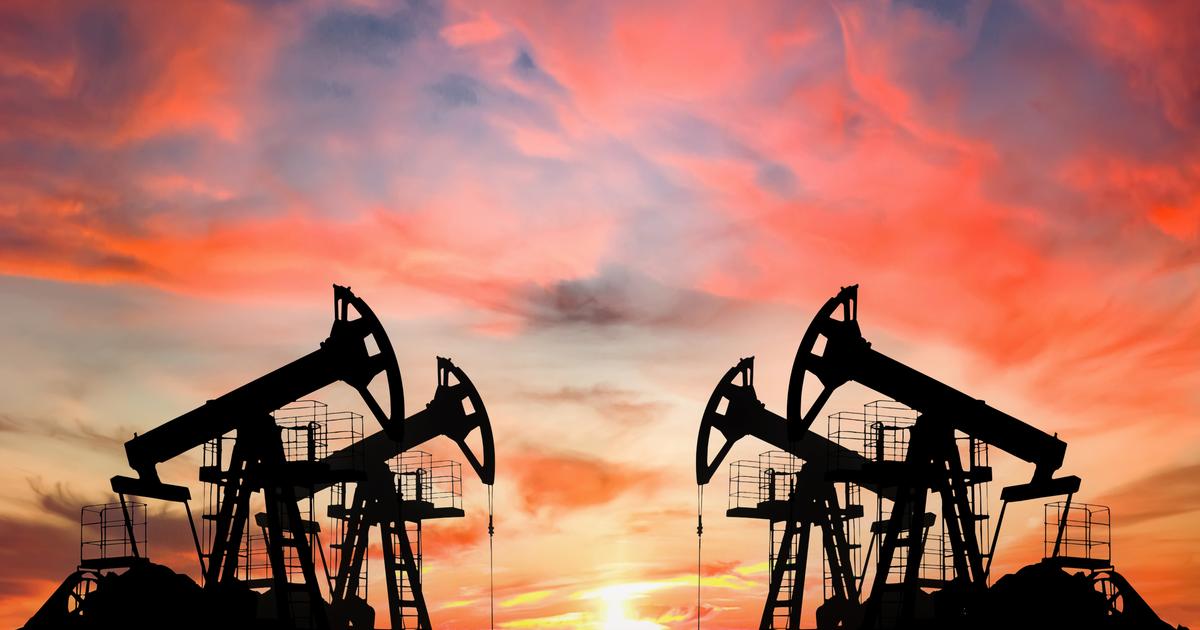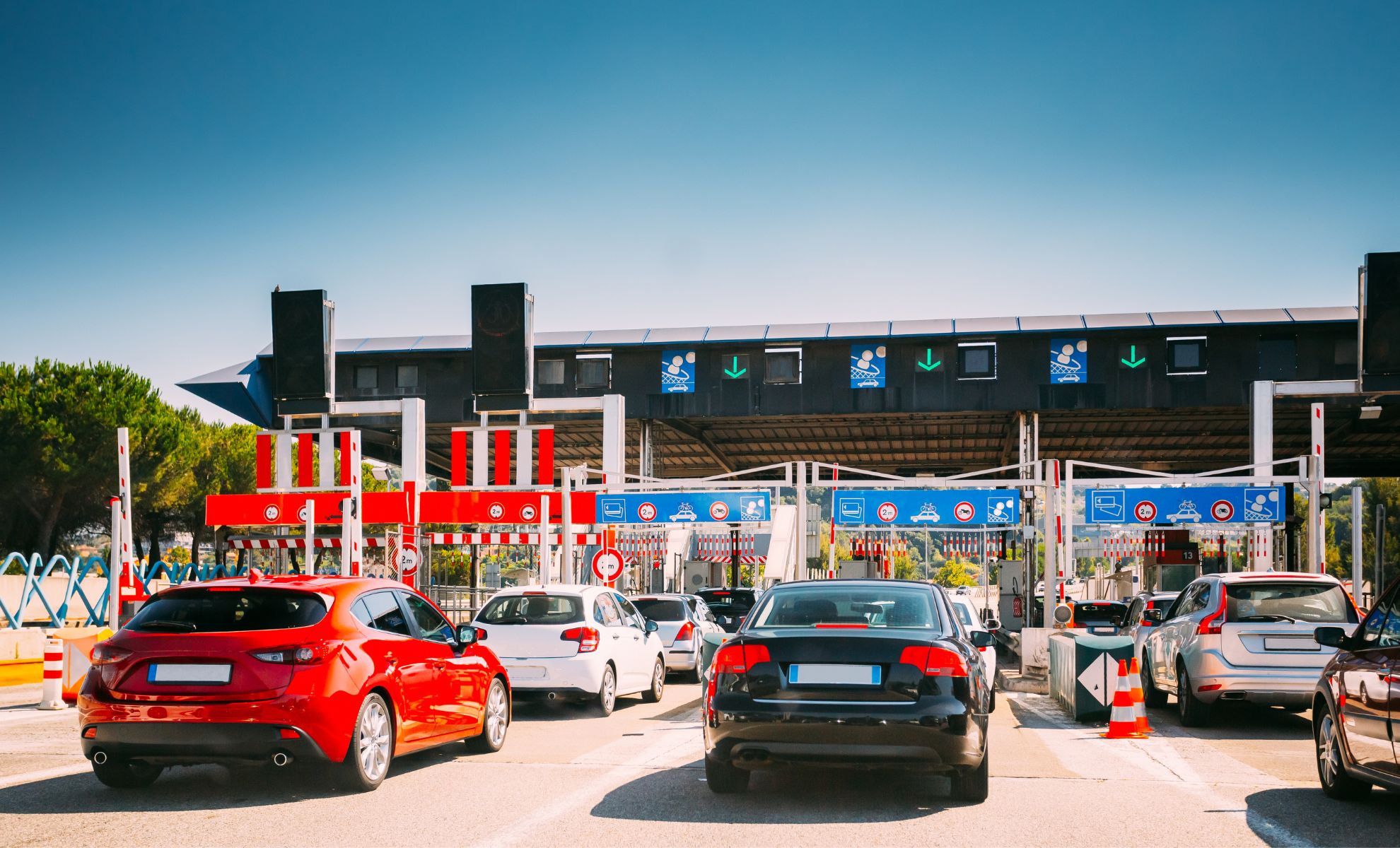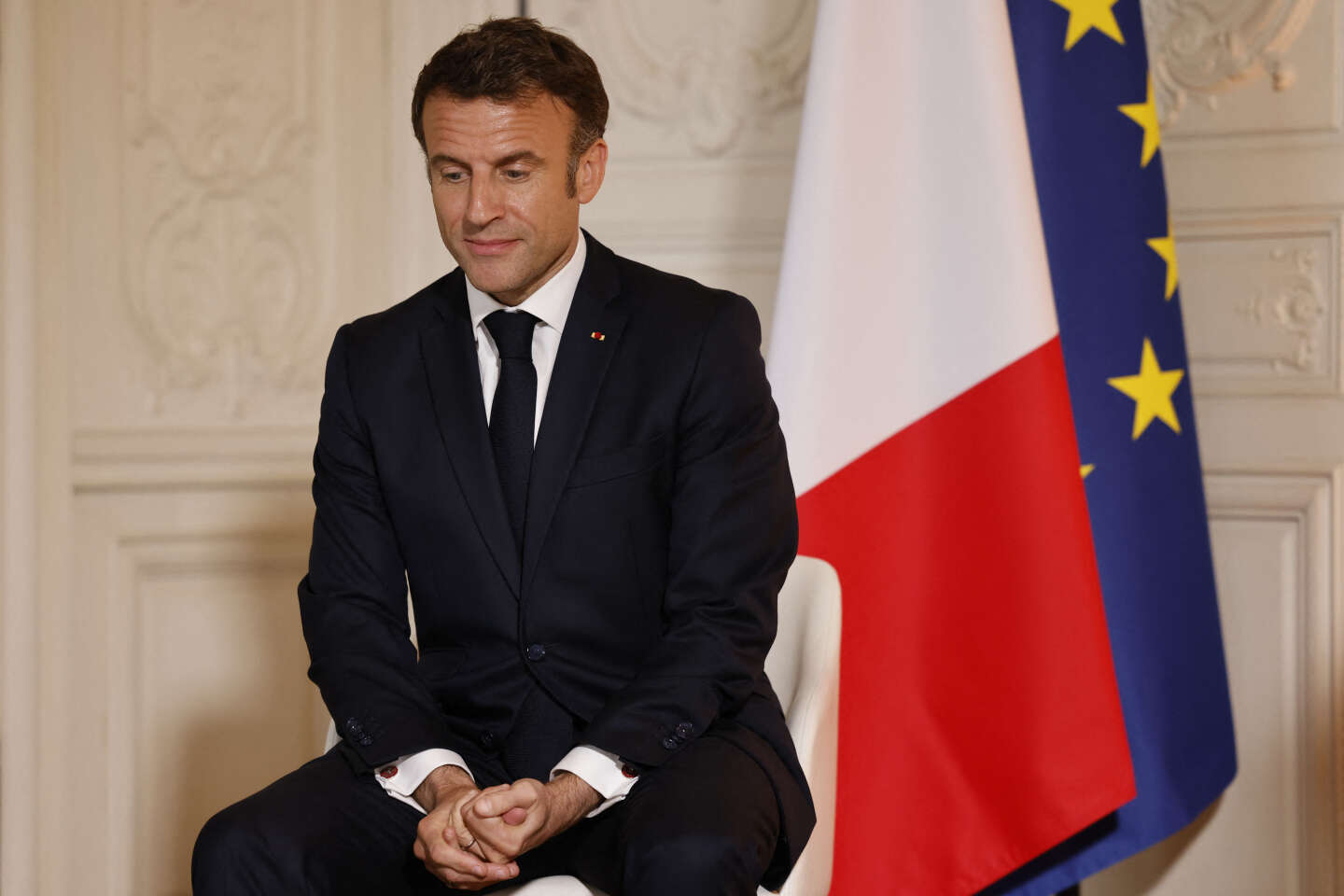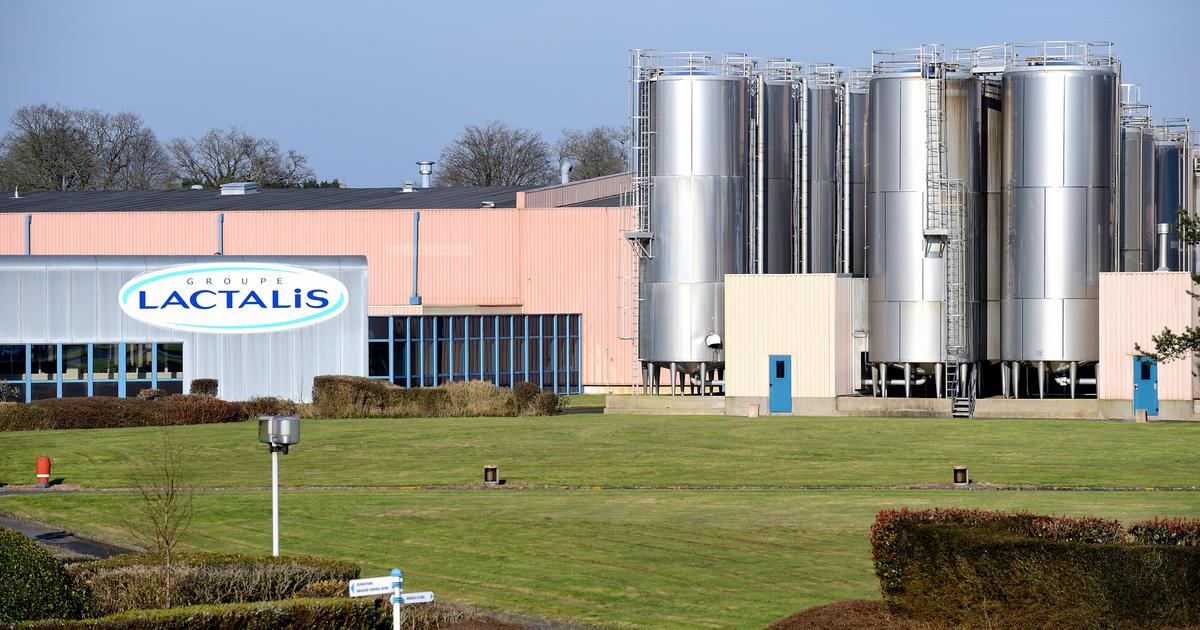Some OPEC+ countries have extended their cuts to boost prices

MaxSafaniuk / stock.adobe.com
To “support the stability and balance of oil markets”, Moscow is preparing to cut its production of black gold by 471,000 barrels per day. Saudi Arabia, for its part, will continue to cut its volumes by 1 million barrels per day for the period from April to June.
Riyadh and Moscow, the pillars of the OPEC+ alliance of oil-exporting countries, along with other members announced on Sunday (March 3) that they would extend their voluntary cuts until mid-2024 to support prices weakened by economic uncertainty. Saudi Arabia will continue to cut its output by one million barrels per day (bpd) for the period from April to June, according to its energy ministry quoted by the agency Saudi Official Press (SPA).
Russia also reported an expansion of 471,000 barrels per day, covering both production and exports. In both cases, these measures are in addition to the 500,000 barrel reduction announced in April 2023 and which will last until the end of 2024. Riyadh is counting on high oil prices to finance an important economic diversification program that is precisely aimed at weaning the kingdom off it. Dependence on crude exports.
For Moscow, which, in the face of Western sanctions, has largely redirected its exports to China and India, it is also a necessary windfall to finance its military offensive in Ukraine. Within OPEC+, other countries have followed suit and will tighten valves for another three months, such as Iraq, the United Arab Emirates, Kuwait and Kazakhstan. This coordinated strategy was unveiled in spring 2023 to total 1.6 million barrels per day before ramping up during the summer.
Fragile unity
In anticipation of this expansion, oil prices surged on Friday, with American West Texas Intermediate (WTI) rising above $80 at times, for the first time since November. A barrel of Brent from the North Sea hit a one-month high to end at $83.55. But prices have come a long way from their short-lived surge to around $100 in late September, and especially from the $140 they reached after the Russian invasion of Ukraine.
However, the alliance is leaving no stone unturned: It is keeping a total of more than 5 million barrels per day underground as of the end of 2022, playing on supply shortages to prop up prices. OPEC, which brings together 13 members under the leadership of Riyadh, chose to form an alliance in 2016 with ten other countries, including Moscow, in the form of an agreement called OPEC+, to respond to problems posed by American competition.
Also readGasoline: Stopping Russian Exports Will Raise Prices at the Pump?
Objective: That “Decisions are made collectively or at least the burden is shared among a large number of people”Rystad Energy analyst Jorge Leon explains to AFP. “Everyone must contribute. And no one goes alone.”, he emphasizes. However, for almost a year, Saudi Arabia has done without consensus among its members in the face of disagreements.
“This is a clear sign that OPEC+ unity is not very good”a “alarm signal”, analyst estimates. Angola announced in December that it was withdrawing from the coalition, a unit that was floundering on the issue of its now reduced to 22 members, against the backdrop of a dispute over its quota. Brazil certainly not only joined the group but in capacity“Observer”. The next ministerial meeting, scheduled for June 1 at the cartel headquarters in Vienna, Austria, will be a new test. During this meeting, OPEC+ must set its production target for 2025. For Jorge Leone, “Other countries will have to contribute to official reductions” At the risk of seeing the coalition crumble, within the framework of a common agreement.
” data-script=”https://static.lefigaro.fr/widget-video/short-ttl/video/index.js” >





